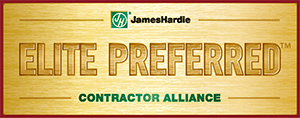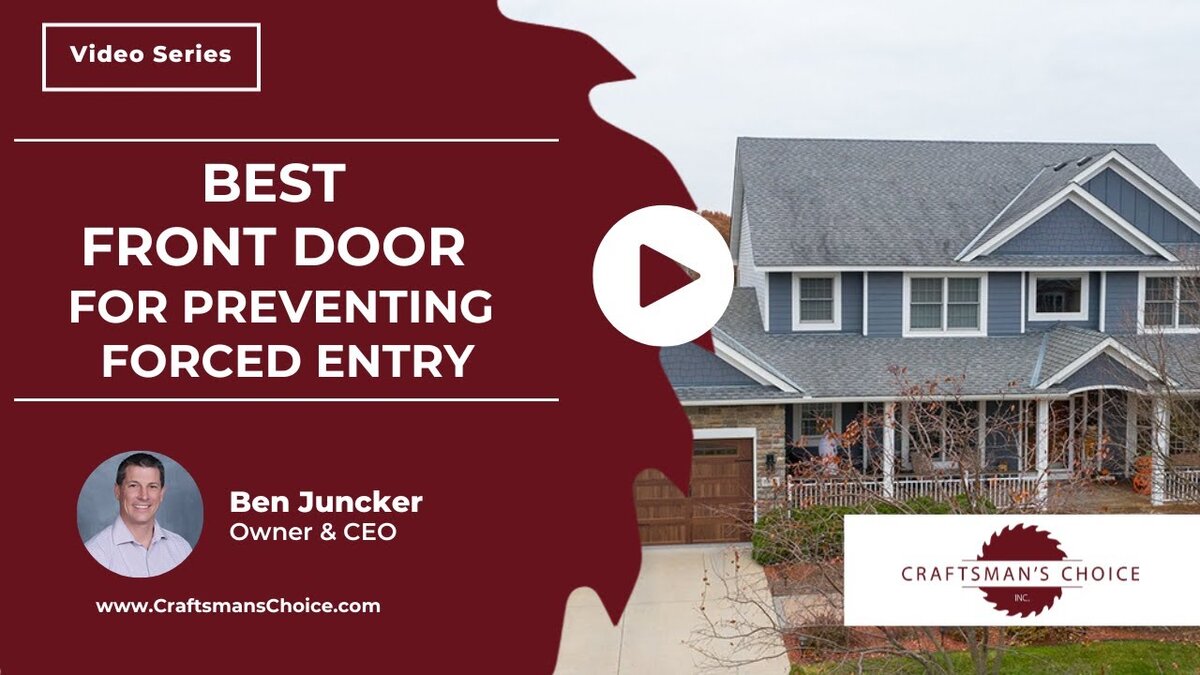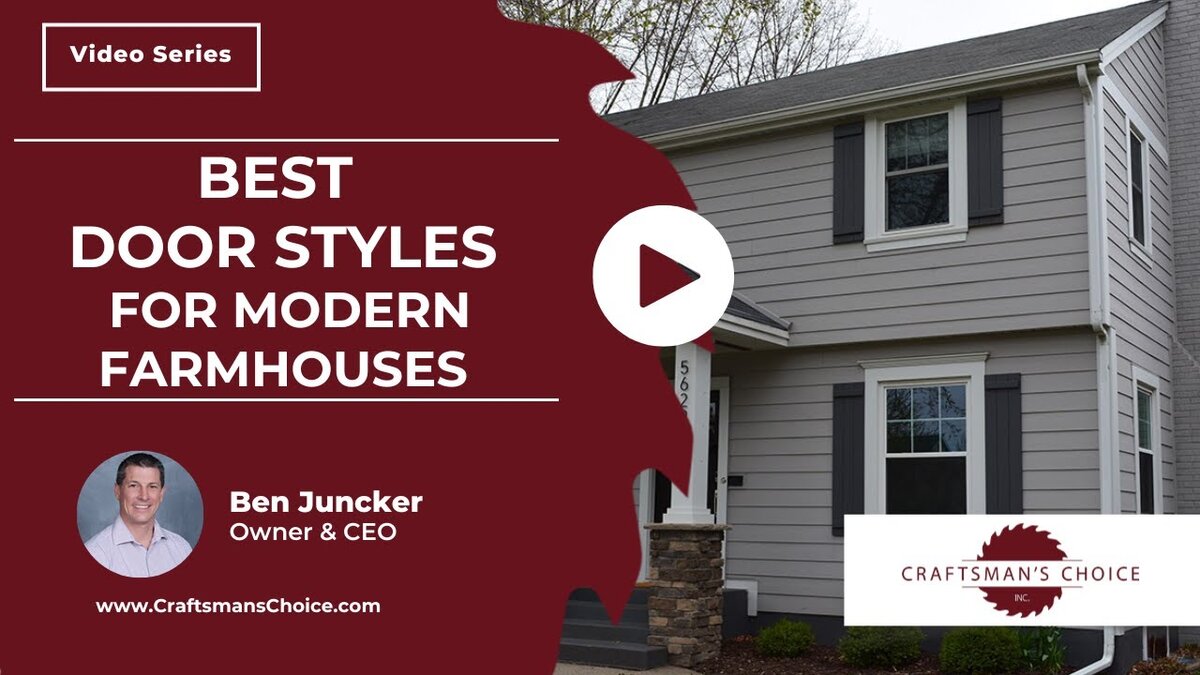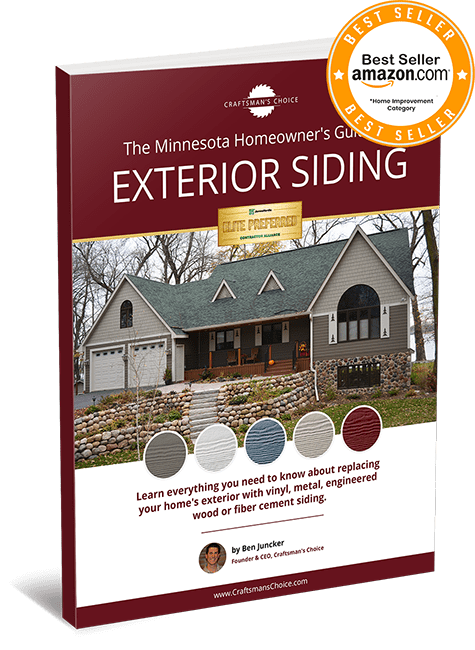Low-E windows refer to the type of glass used in a window design.
The glass in a low-emissivity window has a metal oxide coating that is applied during the manufacturing process. The coating reflects UV rays making for a more energy-efficient window.
Essentially, the window has an invisible insulation barrier that prevents the transmission of heat and cold. Up north, most of the windows we use are double-paned windows, but that doesn’t mean you can’t still enjoy the benefits Low-E windows provide.
Low-E Windows Have a Special Coating on the Glass
Low-emissivity windows have a silver, zinc, or indium tin oxide coating on the glass that reflects infrared radiation without affecting visibility. Low-emissivity is a fancy way of saying how much heat the glass reflects. Because the coating reflects UV rays, it reduces the heat transfer at the glass, making your home cool in summer and warm in winter.
Benefits of Low-E Windows
- Higher insulative properties than uncoated glass
- Regulates indoor temperatures
- Prevents UV radiation from entering your home
- Protects your furniture and your skin
- Reduces glare from light sources
Drawbacks of Low-E Windows
- Reduces natural light
- More expensive than regular glass
- More expensive than other windows
- It may affect cellphone reception
- It can sometimes have a natural gray haze
Popular Types of Low-E Windows
Low-E 272
The glass in a Low-E 272 window has two layers with a thermal transmission of 72%. It is one of the most common Low-E window types and is available in single or double-pane options. Low-E 272 is a perfect year-round window option because it reflects heat into the room in winter and repels it in summer.
Low-E 366
Low-E 366 has three layers with a thermal transmission of 66%. It is suitable for hot and sunny climates because it blocks a lot of solar heat. This window offers homeowners the best all-around performance and the highest energy cost savings.
Both Low-E 272 and Low-E 366 are soft coats. They are applied to the surface of the glass that is inside the window and can’t be touched.
What Windows Do We Use?
In Minnesota, we like having extra warmth in winter but want to keep out the heat in summer. Double-paned windows are effective at doing this, and you can choose a double-paned Low-E window.
We often get asked which type of Low-E window is better, Low-E 272 or Low-E 366. If you are doing a window replacement for 20 to 30-year-old windows, the rate of return based on new installation techniques, glass, and manufacturing processes will drastically improve efficiency regardless of the type of window you choose. You’ll see so much gain in energy efficiency from replacing your windows that you don’t need to stress about which type you choose.
We commonly use Low-E 272, but if you have a sunroom or room that particularly gets a lot of light, Low-E 366 might be a better option.
Benefits of a Window Replacement
Whether you install Low-E windows or another type, replacing your windows can dramatically increase your home’s energy efficiency.
Double-glazed windows are popular in Minnesota, and they can offer better insulation than other window types. In fact, double-glazed windows may work better than having a reflective coating.
A Low-E window replacement can increase energy efficiency with new technology, but simply installing new windows that seal properly can make a significant difference. Not to mention that new windows are better for security and increase curb appeal.
Contact Craftsman’s Choice for a Window Replacement Estimate
Whether you want Low-E or double-glazed, we are here to help you choose the best windows for your home.
As part of our free estimate, we will visit your home and help you make an informed decision based on your needs and budget. So, if you would like to learn more about Low-E windows and their benefits, contact our team today.




















